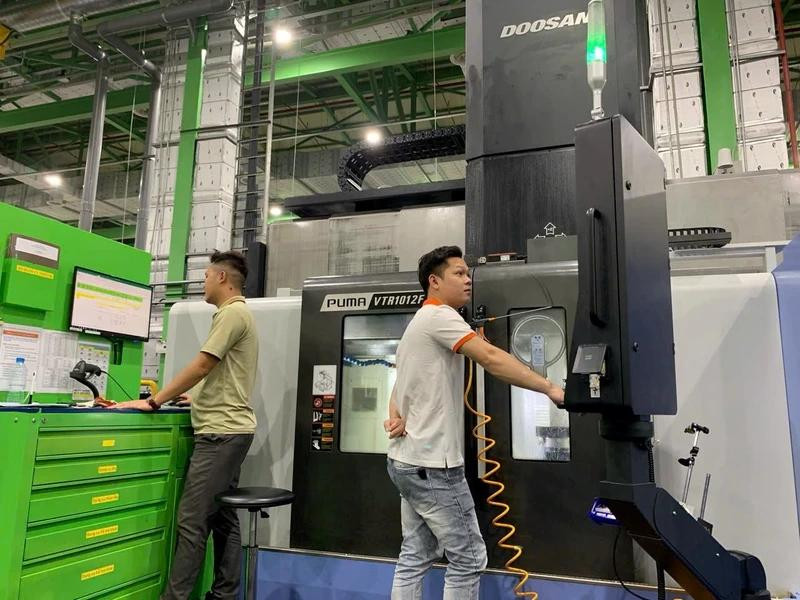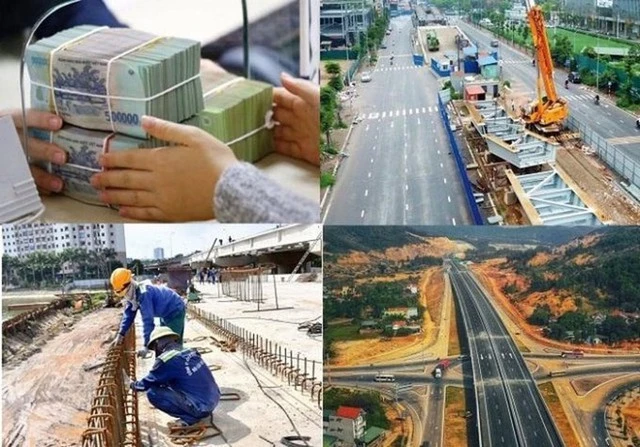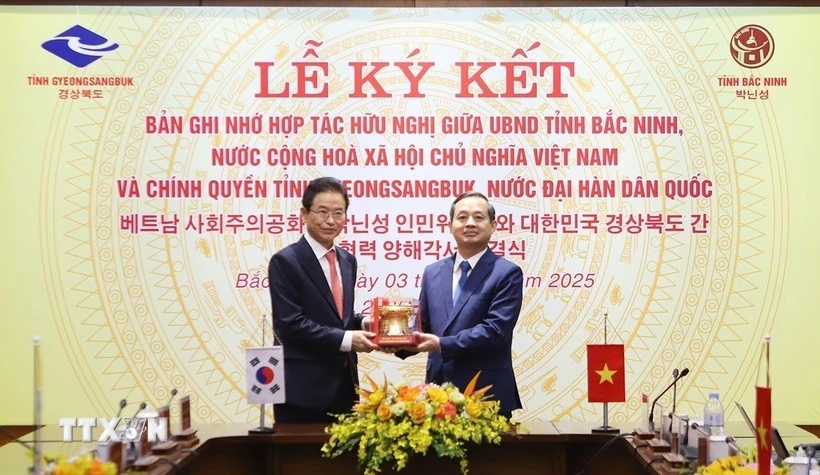To promote economic growth based on science, technology, and innovation, the Ministry of Science and Technology has introduced new policies, including efforts to increase total factor productivity (TFP), aiming to contribute 50-55% to gross regional domestic product (GRDP). This requires localities to take the initiative in planning investments in science and technology while effectively leveraging the National Assembly’s newly approved special mechanisms.
In fact, many countries have harnessed innovation as a key tool for development. Experts note that economies with significant investments in research and development (R&D), such as the United States, Germany, and the Republic of Korea, have maintained stable growth rates and achieved higher labor productivity than those relying on traditional development models.
Additionally, the Provincial Innovation Index (PII), published by the Ministry of Science and Technology over the past two years, has become a crucial tool for provinces and cities in assessing the impact of innovation on socio-economic development. Enhancing this index is not only a goal but also a measure of competitiveness and the ability to apply science and technology. Therefore, local authorities should actively collaborate with the Ministry of Science and Technology to implement this index, develop specific tasks and solutions to improve their annual rankings, and foster economic development based on science, technology, and innovation.
A critical task in advancing science and technology is accelerating the implementation of special policies in high-potential regions such as Hanoi, Ho Chi Minh City, and Da Nang. These areas have the necessary infrastructure, resources, and policy frameworks to pilot new models. If successful, these policies could be expanded nationwide, laying a solid foundation for strengthening scientific and technological capabilities and driving sustainable economic growth.
Businesses also play a key role in integrating science and technology into production. According to the Ministry of Science and Technology, the proportion of enterprises investing in R&D in Vietnam remains low. Encouraging private sector participation in research and technological innovation will be essential in fostering breakthroughs, enabling the economy to capitalise on scientific advancements in the era of digital transformation and the Fourth Industrial Revolution.
One of the main barriers to scientific development is the availability of investment capital. In many developed countries, the establishment of innovation support funds — combining state budgets with private sector investments — has driven significant progress in research and development. Vietnam needs similar mechanisms to incentivise greater business investment in science and technology while accelerating the application of research results in production.
To lay the groundwork for economic growth in the 2026-2030 period, the Ministry of Science and Technology is working with the Central Policy and Strategy Committee and experts to develop a new growth model with the goal of achieving double-digit GDP growth. Accordingly, experts suggest that to sustain an 8% growth rate in 2025 and aim for 10% in subsequent years, Vietnam must adopt breakthrough and practical solutions. Scientific research should align with major policy directions of the Party and State while ensuring high applicability. Key measures include maintaining macroeconomic stability, developing competitive industries, reforming institutions, and fostering innovation in the private sector.
To establish a strong legal framework for science, technology, and innovation, the Ministry of Science and Technology plans to submit the Science, Technology, and Innovation Law to the Government and National Assembly for approval in May. Additionally, a new science and technology development strategy for the next phase will be formulated to create fresh momentum for sustainable growth.
















